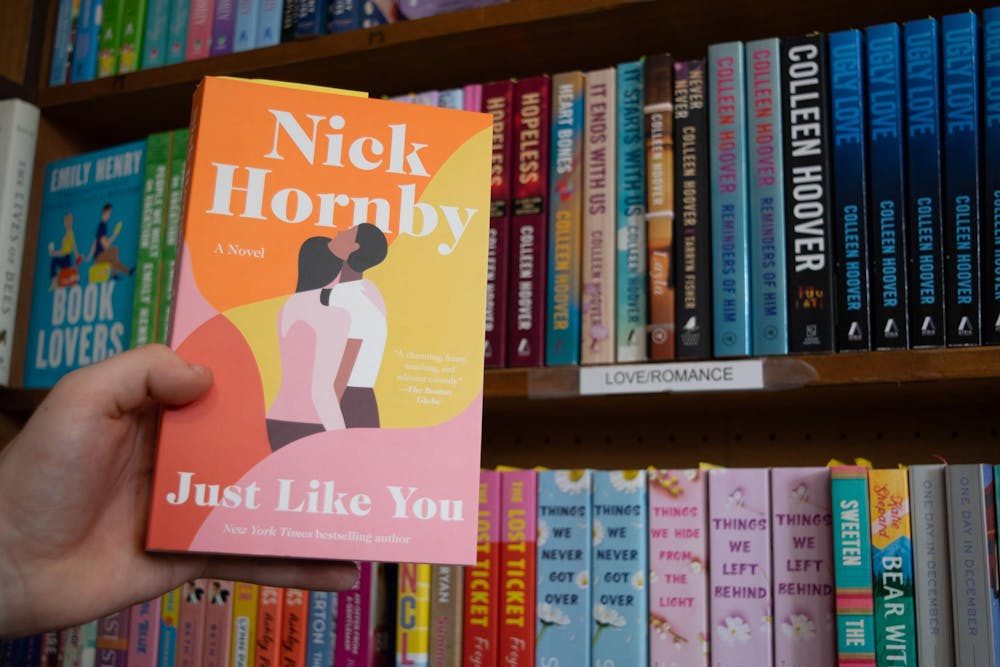I was rummaging through my pile of books the other day as I readied them to be placed on my bookshelf, with outward-facing spines and stacked in neat rows. An idea came to mind — I would put the excess books without a space on the shelf on full display in front of some of the rows, with the full cover facing me, so I could look at my collection of novels in all its glory.
But then, something dawned upon me – many of the covers were ugly. They were simply words on a static background — the author’s name, John Irving, in huge 32-point font, or Garth Stein with their name laid atop a still image of a dog, something from the likes of Shutterstock. I’ve tried to avoid purchasing so many of these books because many publishers tend to treat bookstores as their customers, rather than the reader. Many of these titles I did not purchase but rather inherited, yet their bare covers still bothered me. Book covers should be full of color, art and life; they are meant to convey a message to the reader. Sadly, we don’t live in a world where this is reality.
Instead, bookstores are stocked to the brim with books stained with mass-produced images, the work of Photoshop and now, AI-generated images.
This leaves a question for the book cover industry – what’s next? Will publishers and booksellers continue to travel down this route of careless art and simplistic aesthetics to turn a profit, or will authors get a say in what gets slapped on the cover of their works? Most of the time in traditional publishing, authors only get so much of a say in what gets put on the cover of their work. Often times it’s the publisher that inevitably has the final word on what gets printed.
To combat the market favoring building quick profit over sustainable creativity, I have been solely buying my books from one of two places: ThriftBooks — a site that allows you to purchase used books, which is great way to help the environment — and local bookstores. Local and smaller booksellers tend to have a fantastic selection of novels, and, most importantly, selections from local and lesser-known writers. You can support your community by buying from local or independent sellers instead of your corporate big shots like Amazon, Walmart and Target.
But what does this have to do with book covers? From personal experience, going from bookstore to bookstore on the hunt for the perfect novel, I found that local stores had a quality that your average Barnes & Noble did not — unique and artistic covers.
It’s almost like local sellers and smaller authors take pride in their work and want their books to have attractive, sometimes minimalistic covers that convey a message and catch the reader's eye at first glance. No offense to the Colleen Hoovers of the writing industry, but your books are lacking something many people clearly yearn for. Smaller booksellers tend to allow more leniency when it comes to the products they sell and curate a selection they know their customers will enjoy. Direct distribution — where an author sells directly to their readers — is a method that allows local authors to not only get their work out to the public but also produce a piece of art that will sit proudly on bookshelves across the country. This form of distribution can help small authors have more autonomy over their products than the traditional method of selling through a third party.
So, I encourage you to start including a bit of scrutiny in your judgment when it comes to buying your next book. Local bookstores will have a larger selection of great covers, and you can also find gems at used booksellers, my personal choice for book consumption. When you begin to judge a book by its cover, you start to consider the book industry as a whole and how that book you’re purchasing is less a medium of text, but rather a work of art.
Vincent Winkler (he/him) is a freshman studying sociology.






